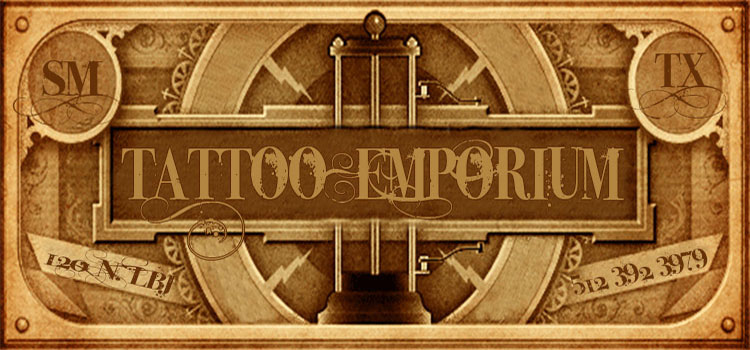Tattoos have been perceived to be a longstanding form of art in American history, with its popularity gaining the most momentum during the WWII era. Although tattoos themselves in ancient Egypt and other native societies have been in existence long before our Western culture, the universal theme behind tattoos is the art of self expression and often holds a significant meaning to the wearer of the art. When the Japanese invaded Pearl Harbor, and many Navy servicemen found themselves being shipped to the shores west of Honolulu, they also found the home of the famous Norman Collins tattoo shop, whom they adoringly named “Sailor Jerry”.
Who Was “Sailor Jerry,” and what is his significance to the tattoo industry?
Sailor Jerry was the first Westerner to learn the art of tattooing from the renowned Japanese masters. Not only did he want to master the techniques that he learned from them, he wanted to revolutionize and make his own mark with bolder and more iconic designs for the many soldiers who sought out his work. His technical skill and ability to reinvent more efficient tattoo machine configurations and sterilization methods, coupled with his bolder ink palettes, lit the fire under soldiers to proudly display their commitment to patriotism. Many of his works included designs that are still popular in many tattoo shops today; pictures of anchors, ships, scantily clad women, knives, hearts and roses for those with their loved ones waiting for them to return from war.
When Was the Actual First Tattoo Machine Created?
The invention of the electric tattoo machine was actually introduced in 1891, although it was a crude model with the purpose of lining and shading with multiple needles to cut down on the time it took for a hand sketched tattoo. The early 1900s brought about a number of tattoo parlors with this contraption, but with less than desirable sanitary conditions. It was standard practice for the reuse of dirty needles or for them to be carelessly washed in a sort of watered down lysol solution. In 1909, the Government felt the need to intervene, with complaints that some men entering the military with tattoos considered obscene should either have them altered before service, or covered at all times.
The Evolution of Tattoos
From the 1950s to the 1970s tattooed Americans were often seen as the more aggressive, badass and outlaw elements to our culture. Convicts, bikers, hippies, gangs… and many more women were subjecting their bodies to this prolific art. America was slowly realizing that with the more intricate designs and deep meanings behind these truly magnificent creations was something incredibly powerful; a window to one’s soul. A vision that could be created by the wearer and the artist, or a pre-created design, a name, a symbol… an imprint on the body to be shown as an extension of the self.
How to Choose Your Tattoo
Now that I’ve given you a taste of history, how do you go about picking a tattoo that’s right for you? Here are some basic tips that many artists recommend:
- 1) Research-search through art designs and find something that is right for you. Remember that this is going to be on your body for the rest of your life. Make sure it has a deep connection to your heart, and avoid names at all costs, unless of course, it’s your child’s name. There you can make an exception.
- 2) Make sure the design will mesh with your personality, and many times, with your job status. If you are a school librarian, it may not be wise to have a skull tattoo on your forearm for kids to see.
- 3) Don’t be afraid to ask opinions of friends, especially those who already have tattoos who is reputable, and how your choice may look on you. It is always a good idea to get others opinions.
- 4) Consult with a tattoo artist about your idea and where you want it placed on your body. Certain areas will hurt more than others, and the placement of the tattoo will have an impact on the way it turns out as well.
- 5) Once you have had your consultation, and feel confident in your choice and in the artist, go get inked!



